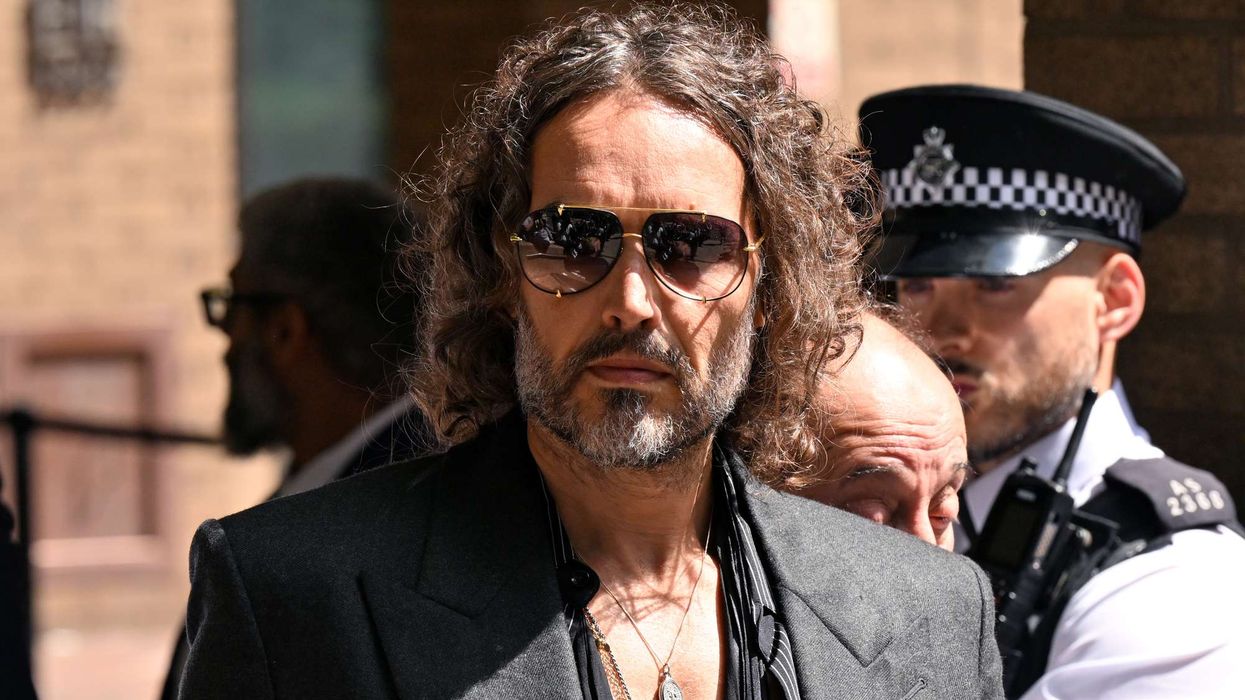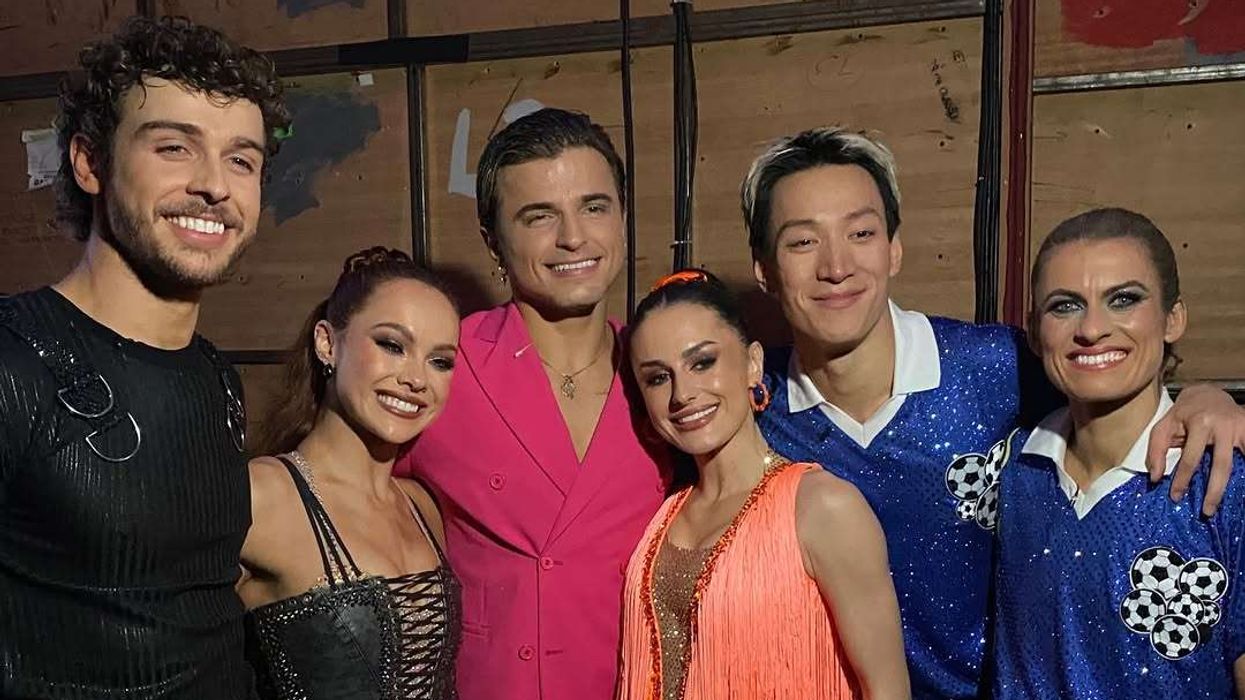The win: My biggest achievement happened in September 2007 when I won the iconic Sony TV show dance competition Boogie Woogie Senior International Champion title, after winning the Senior UK Champion title earlier that year. This entire experience was extra special as I was the first male winner in the UK and won on the basis of presenting classical dance to Shankar Mahadevan’s song Breathless and Man Mohini from the film Hum Dil
De Chuke Sanam.
Audience vote: During the regional finals of the Boogie Woogie competition I was given the audience vote to go straight to the UK Finals, as well as the judge’s selection. This was a real confidence booster as there were up to 750 people in the auditorium and to know I got a majority of votes was really encouraging.
Dancing in Chidambaram: Every bharatanatyam dancer’s dream, including mine, is to visit the magnificent Chidambaram Temple attributed to Lord Nataraja, the king of dance. I visited the temple on various trips to India, but was also given the opportunity to perform in front of the deity inside the temple. The surreal experience enabled me to feel such a magnetic connection to the deity.
Bharatanatyam arangetram: In February 2010 I performed my arangetram (solo bharatanatyam debut concert), where I danced a full repertoire of pieces in front of an invited audience of friends, family, distinguished members of the community and the Indian dance fraternity. Even though it was snowing, everyone we invited turned up to a full house performance, giving me a standing ovation at the end.
Amazing opera: An amazing moment in life where I was invited to be a part of the premiere of Pandit Ravi Shankar’s first and only opera Sukanya, in collaboration with conductor David Murphy. It was such a joy and really surreal to perform alongside the London Philharmonic Orchestra at the Royal Opera House with live operatic music with Raviji’s score.
NYC gaga intensive: In summer 2018, I visited New York for the first time to attend acclaimed dancer and choreographer Ohad Naharin’s much sought-after course, the gaga intensive. Thanks to a professional development grant from Arts Council England, I was able to experience learning from incredible dancers from Ohad’s company, teaching
his style of movement, research and methodology during an intense one week. I was able to learn and experience New York and also catch two very prominent dance festivals, where I witnessed performances from dance companies from around the world.
The gap year: After completing my A Levels, I travelled to India for my gap year before university to take my bharatanatyam training to a more advanced level with one of my teacher’s gurus, the legendary Dhananjayans at their academy in Chennai. Even though I was alone for the first time, couldn’t speak Tamil and wasn’t really aware of South Indian customs, I knew my love for bharatanatyam was immense and so I fit perfectly into the dance classes. Living in Chennai for 10 months really opened my eyes to how this metropolis works and its magic. I made friends with dance students from all over the world and these associations still exist.
Receiving the travelling fellowship: I was awarded a fellowship to travel to India for an advance study in bharatanatyam by Milapfest, an Indian arts development trust based in Liverpool. I was a regular attendee of their annual dance India summer workshops in Manchester and the award meant so much to me.
Dance India: The most influential experience of my summer holidays as an adolescent teenager was attending the annual International Summer Schools of Indian Dance. I attended my first summer school in 2005 and consecutively for the next four years, I kept going back for more. It was a wonderful opportunity were I got to learn from several gurus of bharatanatyam dance; The Dhananjayans, Professor CV Chandrasekhar, Leela Samson, Priyadarsini Govind, Shijith Nambiar and Parvathy Menon. I also got to watch other forms of Indian classical dance such as kuchipudi, kathak and odissi. I made lifelong friends with so many other dance students.
First UK tour: In 2008, I was a part of Phizzical Production’s UK tour of their production What You Fancy. It was such a great experience as we got to perform fun and energetic Bollywood dance sequences, as well as bond as cast members while travelling throughout the UK and experience amazing new venues. I was director Samir Bhamra’s personal radio as he called me because I made non-stop conversations in the car.
- Hiten Mistry is a bharatanatyam dancer and choreographer based in Leicester. He is also the artistic director of Bharatanatyam Leicester. Visit www.bharatanatyamleicester.com











